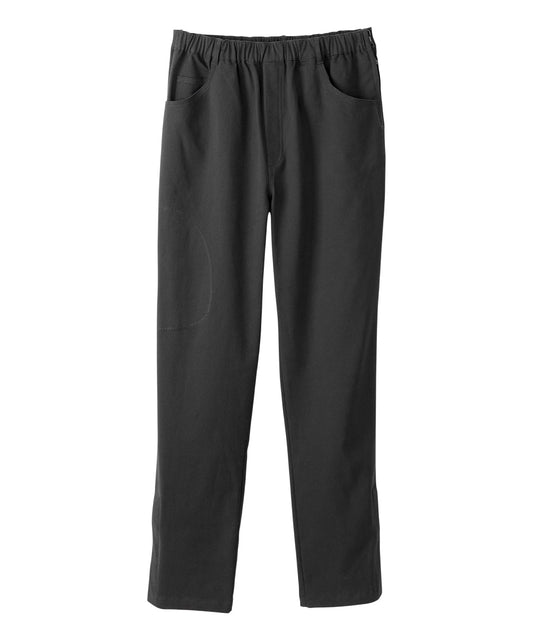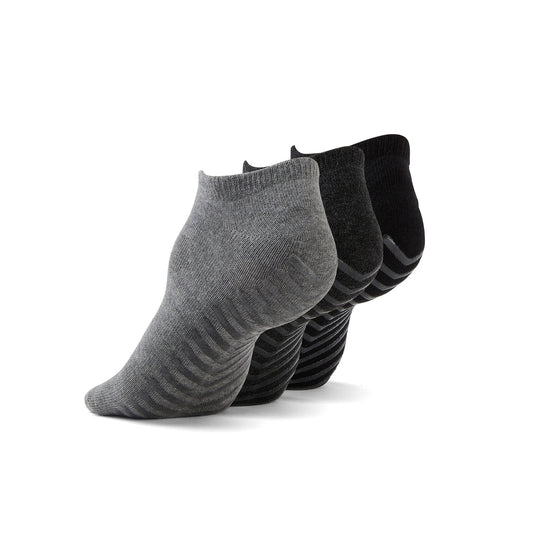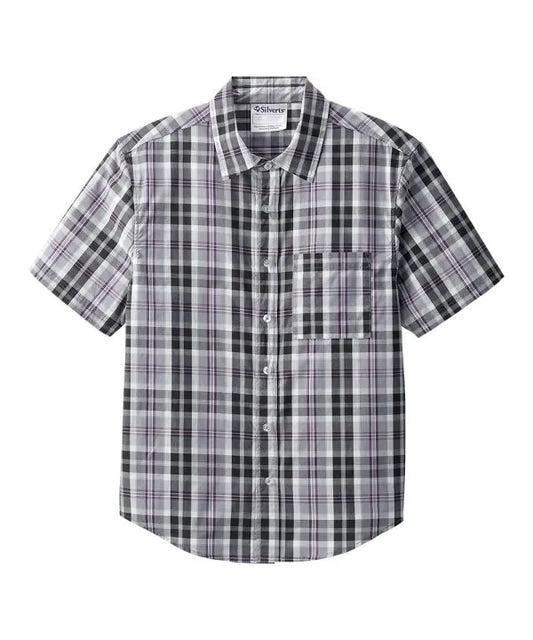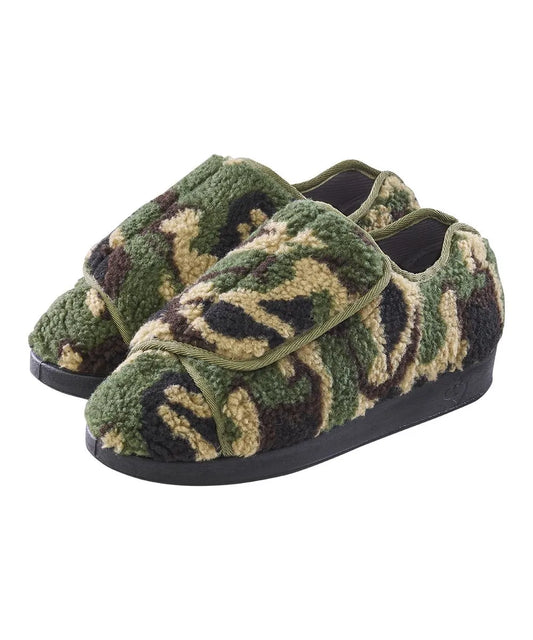Written by Tahiya Prottasha
The fashion industry has historically presented a narrow and often unattainable image of beauty, often excluding individuals with disabilities. However, the rise of social media has created a powerful platform for change, enabling greater visibility and representation of disabled individuals within the fashion world. This blog post will explore the profound impact of social media on disability representation in fashion, examining how it has challenged traditional norms, amplified diverse voices, and fostered a more inclusive and accepting industry.
How are social media platforms helping to increase disability representation in the fashion industry?
Social media platforms have emerged as powerful tools for increasing disability representation in the fashion industry in several ways:
-
Amplifying marginalized voices: Social media has provided a platform for disabled individuals to share their stories, experiences, and perspectives, directly challenging the traditional gatekeepers of the fashion industry. By bypassing traditional media outlets, disabled individuals can create their own content, build communities, and advocate for greater inclusion and representation.
-
Showcasing diverse beauty: Social media has allowed for a more diverse and inclusive portrayal of beauty, showcasing individuals with a wide range of disabilities as fashionable and stylish. This challenges the narrow beauty standards often perpetuated by traditional media, promoting a more accepting and inclusive view of beauty.
-
Connecting with a wider audience: Social media has enabled disabled individuals to connect with a global audience, fostering a sense of community and belonging. This has helped to raise awareness of disability issues, challenge stereotypes, and promote greater understanding and acceptance.
-
Influencing brands and designers: Social media has become an important tool for influencing brands and designers to be more inclusive in their marketing and design practices. By showcasing the demand for adaptive clothing and inclusive representation, disabled individuals are using social media to push for change within the fashion industry.
Who are some of the most influential disabled fashion models and bloggers on social media?
Social media has given rise to a new generation of influential disabled fashion models and bloggers who are challenging traditional beauty standards and advocating for greater inclusion in the fashion industry. Some of the most influential figures include:
-
Jillian Mercado: A model with muscular dystrophy who has been featured in campaigns for major brands like Target and Diesel. She is a vocal advocate for disability rights and representation in the fashion industry.
-
Mama Cax: A Haitian-American model, blogger, and disability rights advocate who used a prosthetic leg. She was known for her vibrant style and her advocacy for body positivity and inclusivity.
-
Sinéad Burke: A writer, academic, and disability activist who uses her platform to advocate for inclusive design and greater representation of disabled people in the fashion industry.
-
Chelsie Hill: A dancer and social media influencer who uses a wheelchair. She shares her love of fashion and dance with her followers, inspiring others to embrace their bodies and pursue their passions.
-
Ellie Goldstein: A model with Down syndrome who has been featured in campaigns for Gucci and other major brands. She is a trailblazer for greater representation of people with Down syndrome in the fashion industry.
These are just a few examples of the many influential disabled fashion models and bloggers who are using social media to challenge traditional beauty standards, advocate for greater inclusion, and inspire others to embrace their unique identities.
What impact has social media had on the way people with disabilities perceive themselves and their bodies?
Social media has had a profound impact on the way people with disabilities perceive themselves and their bodies. By providing a platform for diverse representation and authentic storytelling, social media has helped to challenge negative stereotypes and promote greater self-acceptance and body positivity.
-
Challenging negative stereotypes: Social media has helped to challenge negative stereotypes about disability by showcasing the diversity and individuality of disabled people. By sharing their stories and experiences, disabled individuals are challenging the notion that disability is synonymous with weakness, dependence, or lack of attractiveness.
-
Promoting self-acceptance and body positivity: Social media has created a space for disabled individuals to connect with others who share similar experiences, fostering a sense of community and belonging. This has helped to promote self-acceptance and body positivity, encouraging individuals to embrace their bodies and celebrate their unique identities.
-
Inspiring confidence and empowerment: By seeing themselves represented in the media and connecting with positive role models, disabled individuals are gaining confidence and empowerment. Social media has become a tool for self-expression, advocacy, and social change, enabling disabled individuals to take control of their own narratives and challenge societal norms.
How can brands use social media to engage with disabled consumers and create more inclusive marketing campaigns?
Brands have a significant opportunity to use social media to engage with disabled consumers and create more inclusive marketing campaigns. By embracing inclusivity and authentically representing disabled individuals, brands can build stronger connections with this important consumer group.
Authentic representation: Brands should strive for authentic representation of disabled individuals in their marketing campaigns. This means featuring disabled models and influencers in a way that is respectful, natural, and reflects their real-life experiences.
Collaboration with disabled influencers: Collaborating with disabled influencers is a powerful way to connect with disabled consumers and gain valuable insights into their needs and preferences. By working with influencers who have a genuine connection with their audience, brands can create more authentic and engaging campaigns.
Accessibility: Brands should ensure their social media content is accessible to everyone, including people with disabilities. This means using captions and transcripts for videos, providing alternative text for images, and ensuring that their websites and social media platforms are compatible with assistive technologies.
Engaging with the disability community: Brands should actively engage with the disability community on social media, listening to their feedback and responding to their concerns. This can help to build trust and demonstrate a genuine commitment to inclusivity.
What are the challenges and opportunities for disabled individuals who want to become fashion influencers?
While social media has created many opportunities for disabled individuals who want to become fashion influencers, there are also several challenges that they may face.
-
Lack of representation: Despite progress in recent years, there is still a lack of representation of disabled individuals in the mainstream fashion industry. This can make it difficult for aspiring disabled influencers to gain recognition and build a following.
-
Accessibility issues: Many social media platforms and tools are not fully accessible to people with disabilities. This can make it challenging for disabled influencers to create content, engage with their audience, and manage their social media presence.
-
Negative stereotypes and discrimination: Disabled influencers may face negative stereotypes and discrimination online, including ableist comments, harassment, and even cyberbullying.
-
Limited opportunities for collaboration: Brands may be hesitant to collaborate with disabled influencers due to misconceptions about their reach, influence, or professionalism.
Despite these challenges, there are also many opportunities for disabled individuals who want to become fashion influencers.
-
Growing demand for inclusive content: There is a growing demand for inclusive content that reflects the diversity of the population. This creates an opportunity for disabled influencers to fill a gap in the market and connect with an engaged audience.
-
Building a strong community: Disabled influencers have the opportunity to build a strong community of followers who share similar experiences and values. This can create a loyal and supportive audience that is highly engaged with their content.
-
Influencing the fashion industry: Disabled influencers have the power to influence the fashion industry by advocating for greater inclusion and representation. By sharing their stories and experiences, they can help to challenge negative stereotypes and promote a more accepting and inclusive industry.
When we talk about disability representation in Fashion, we have to talk about adaptive clothing as well. June Adaptive offers a variety of stylish and functional clothing options for everyone, including:

A comfortable knit cardigan designed to keep you warm on chilly days.
Men's Denim Jacket with Magnetic Buttons

A pre-washed denim jacket with magnetic buttons without the hassle of traditional buttons
You're Made Of Magic - Kids Hoodie

For children with autism spectrum disorders, dyslexia, Asperger's syndrome, neurodivergent children, or any other type of neurodiversity, this hoodie is ideal.
In conclusion, social media has had a transformative impact on disability representation in fashion. It has provided a platform for marginalized voices to be heard, challenged traditional beauty standards, and fostered a more inclusive and accepting industry. While challenges remain, the opportunities for disabled individuals to become fashion influencers and advocate for change are greater than ever before. By continuing to push for greater representation, accessibility, and inclusivity, we can create a fashion industry that truly celebrates the diversity of human beauty.
Explore the wealth of Disability Grants & Free resources in the US and Canada! Join our email list below for a free guide delivered to your inbox. Sign up now and empower your journey!















